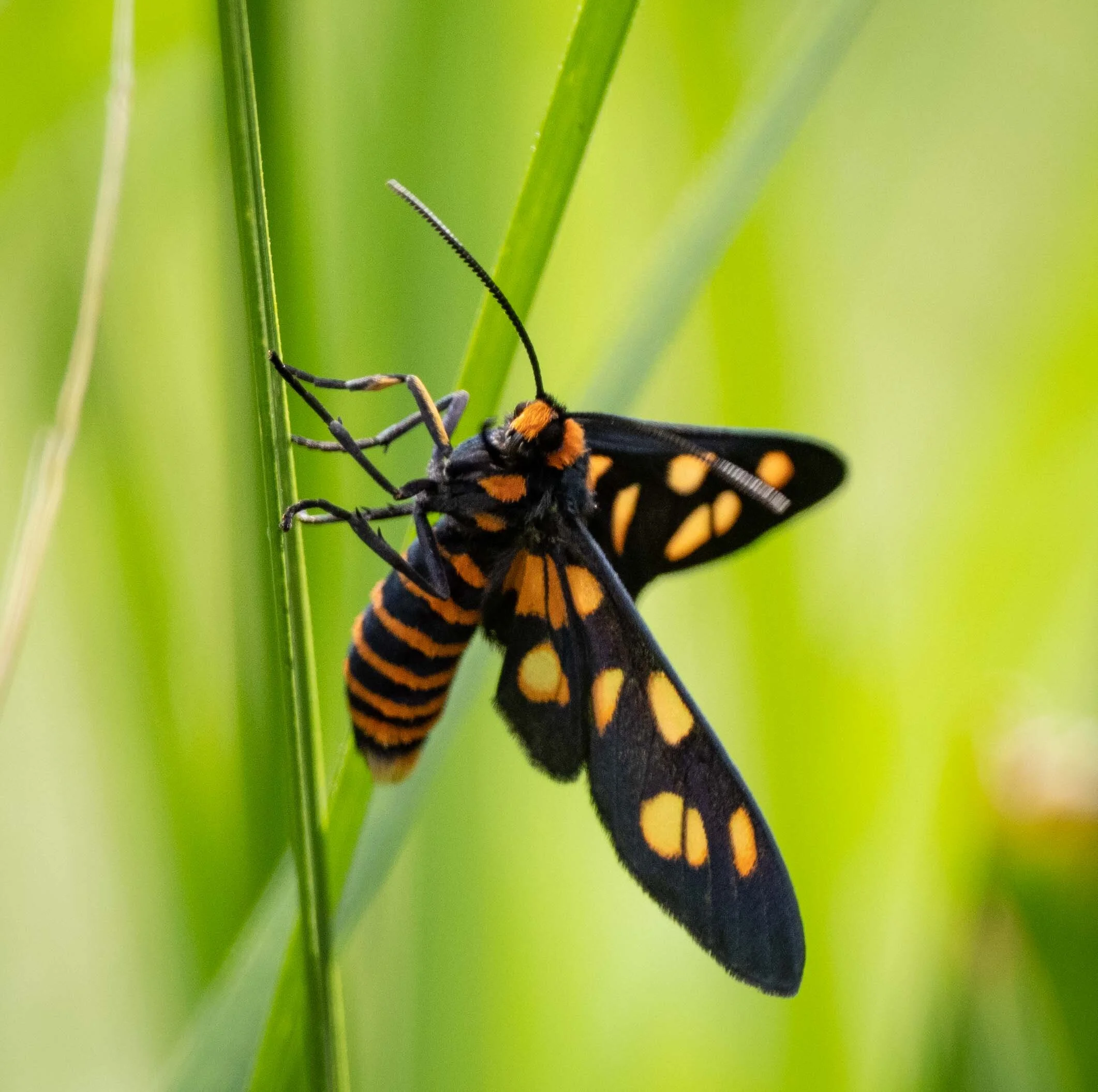Week in pictures

Early October, 2020
This is an unusually long Week in Pictures. It covers three weeks … and a lot has been happening!
The insects are the headline story … the numbers are increasing, and so is the range. Hoverflies and flower wasps in mating pairs, various beetles and a growing number of weird and wonderful flies. Cicadas are dominating the soundscape – but we’ve yet to lay eyes (or a camera lens) on one.
If I were to rate the performance of the ground level plants this Spring it would be Exceeding Expectations. We had overly high hopes and even they’ve been well met and passed. With weeks of the flowering season ahead, and the current good rainfall, I think the show has just begun.
OK, I am a bit biased, but I think the orchids deserve special mention. They are blooming in glorious waves. The hundreds of pink Caladenia and purple Glossodia have now given way to the vivid yellows of Diuris, the extraordinary flying ducks (Caleana) and little bearded gnomes (Calochilus).
And if that wasn’t exciting enough, there’s a new kid on the block! Cryptostylus leptochila is a species we’ve never recorded here before. Two large leaves, two slowly developing spikes … so now we watch and wait for the flowers. They will be spectacular … if they get a chance. Every morning we discover decapitated tiger orchids and flax lilies, the overnight work of pesky wallabies. It has us rather worried. So worried in fact that we’ve put a small wire cage around the Cryptostylus, an intervention we’ve never resorted to before.
Near the end of September we first heard the distinctive calls of the Sacred Kingfishers. Right on time they were back in the area … but would ‘our’ pair return?
For several years now a pair has nested in one of our tall Angophora trees. At least we believe it’s the same pair. They immediately claim the same hollow upon their arrival in Spring. They use the same hunting perches, and they are happy bathing in the frog pond. So we do think they’re the same birds. Or perhaps their offspring.
Anyway, within days of the first calls, our pair was back and spring cleaning the nest hollow. The tree is blackened but the rim around the entrance to the hollow seems largely intact. The birds were busy kicking out the debris and now seem to have settled in. We expect to hear the calls of hungry chicks in a few weeks time.
A lot has changed since Kerri’s report in mid August, when we had found just 8 flowering spikes in our sea of Grass Trees (Xanthorrhoea concava). We now estimate there are 2-3,000! Too many to count!
Over the last couple of weeks the spikes have dramatically increased in size - both in the flowering portion and the overall length. And just a couple of days ago, we saw the first flowers emerging from spikes on plants just over our property boundary. Soon the sea will foam with blossom!
Here are some other critters we’ve spotted recently. A few spiders, including the largest jumping spider we’ve ever seen. Another snake, this one a small hunter of skinks. A very successful pair of wood ducks …. and I couldn’t resist including the latest frog action.
Indeed the rebuilt frog pond is back in full swing – and it’s not all about frogs. Male damselflies and dragonflies constantly patrol, on the lookout for visiting females. Wandering Ringtails are the most common species and they’re busy laying eggs inside water plants. The tandem pairs are so preoccupied, they’re a photographer’s dream.
In contrast, Tau Emeralds spend most of their time in flight, even when egg laying. They’re tricky to photograph but Paul is determined to capture the action … perhaps we’ll have some in flight shots for the next Week in Pictures.
Good recent rainfall has promoted a fungal flush in the forest. We found this unusual specimen - provisionally identified as a shelf fungus, Order Polyporales - growing on the forest floor. To aid identification I photographed it at a range of magnifications, right down to the microscopic to visualise the spores.
Close up views of the underside of the cap reveal an elaborate latticework with hundreds of pores. These pores provide ideal habitat for tiny collembolans (also called Springtails), which are distantly related to insects.






























































































